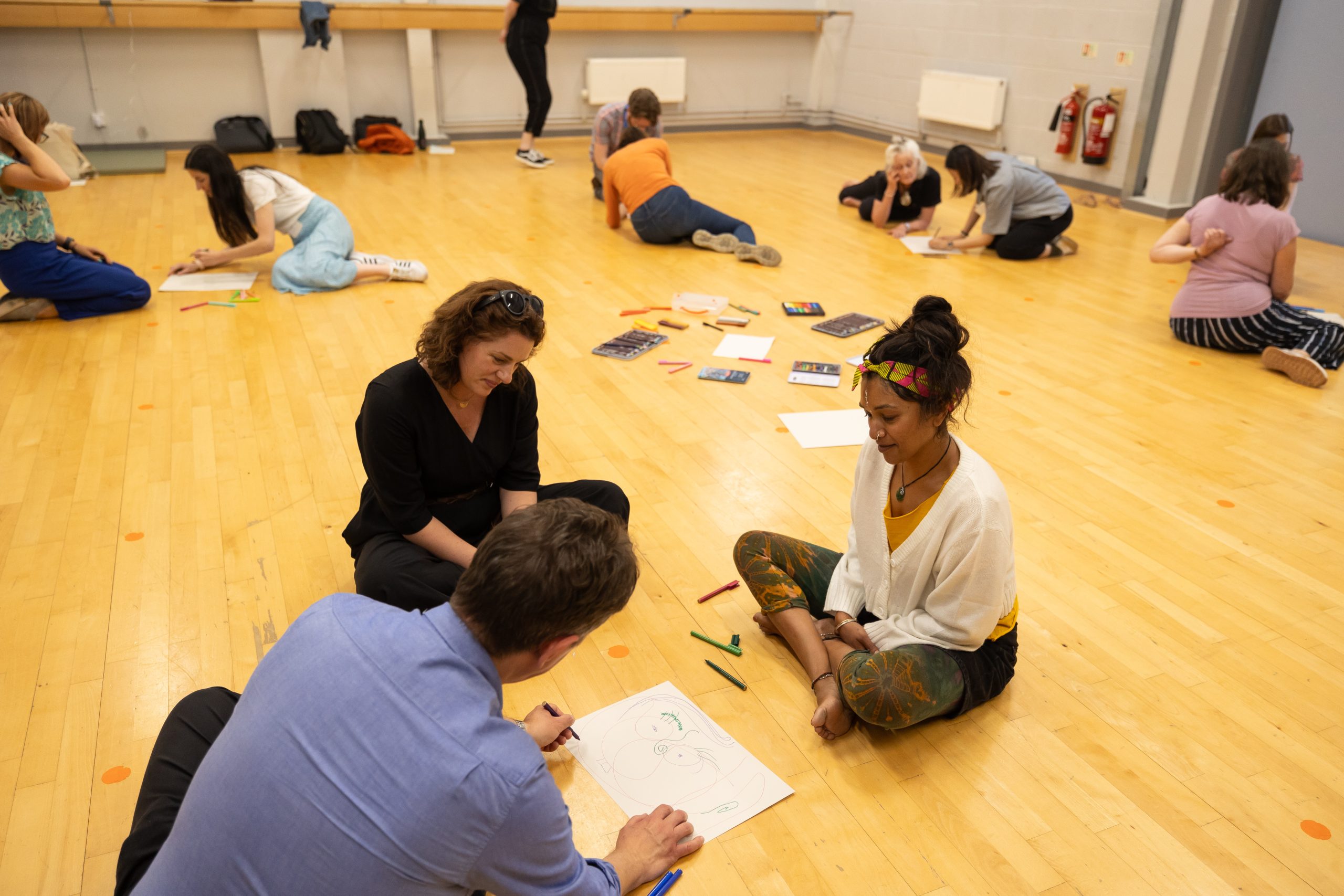The Arts for the Blues team are delighted to announce their third publication which presents the twelve session creative psychotherapy model for depression.
This article details the approach taken by the team to inform the model and presents the eight key ingredients that underpin the therapy.
Omylinska-Thurston, J., Karkou, V., Parsons, A.S., Nair, K., Haslam, S., Dubrow-Marshall, L., Starkey, J., Thurston, S., Dudley-Swarbrick, I. and Sharma, S (2020). Arts for the Blues: the development of a new evidence-based creative group psychotherapy for depression. Counselling and Psychotherapy Research https://doi.org/10.1002/capr.12373
Introduction
Depression affects many adults in the UK, often resulting in referral to primary care mental health services (e.g. improving access to psychological therapies, IAPT). CBT is the main modality for depression within IAPT, with other approaches offered in a limited capacity. Arts psychotherapies are rarely provided despite their attractiveness to clients. However, the recent dropout rate of 64% within IAPT suggests that clients’ needs are not being fully met. Therefore, in order to expand clients’ choice we developed a new creative psychological therapy integrating evidence‐based approaches with arts psychotherapies.
Method
A three‐level approach was used: (a) thematic synthesis of client‐identified helpful factors in evidence‐based approaches for depression and in arts psychotherapies; (b) studio practice exploring Cochrane Review findings on arts psychotherapies for depression; (c) pilot workshops for clients with depression and therapists.
Findings and Discussion
Eight key ingredients for positive therapy outcomes were identified: encouraging active engagement, learning skills, developing relationships, expressing emotions, processing at a deeper level, gaining understanding, experimenting with different ways of being and integrating useful material. These ingredients were brought together as Arts for the Blues for clients with depression: a 12‐session evidence‐based pluralistic group psychotherapy integrating creative methods as well as talking therapy.
Conclusion
The evidence‐based foundation, creative content and pluralistic nature of this new approach aligned with eight client‐identified key ingredients for positive therapy outcomes make it a promising therapy option that can be adapted to individual therapy. Implications include consideration for NICE approval as an additional therapy for depression.


